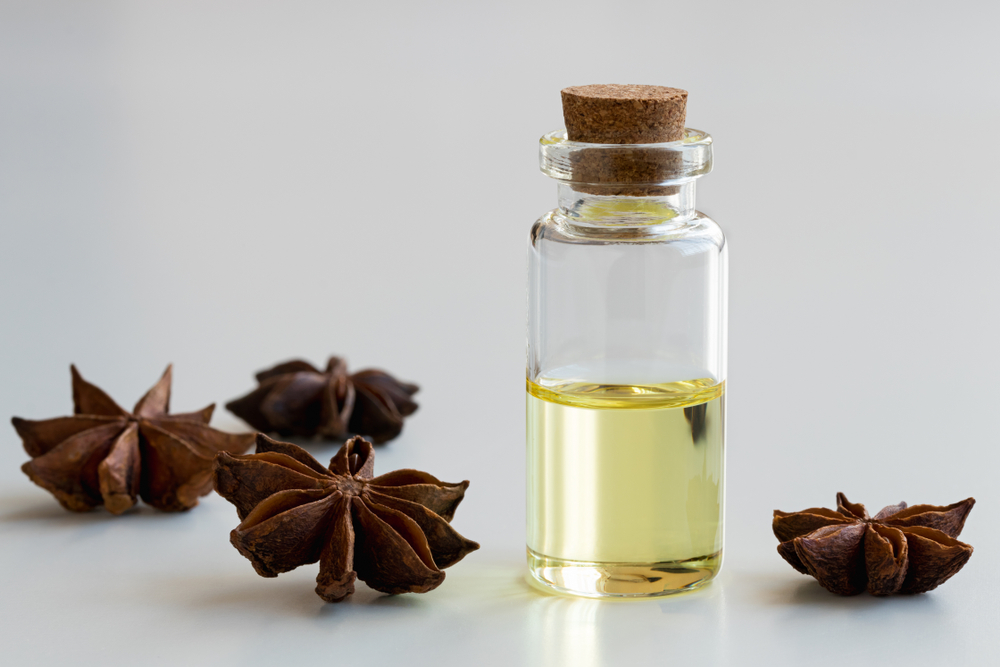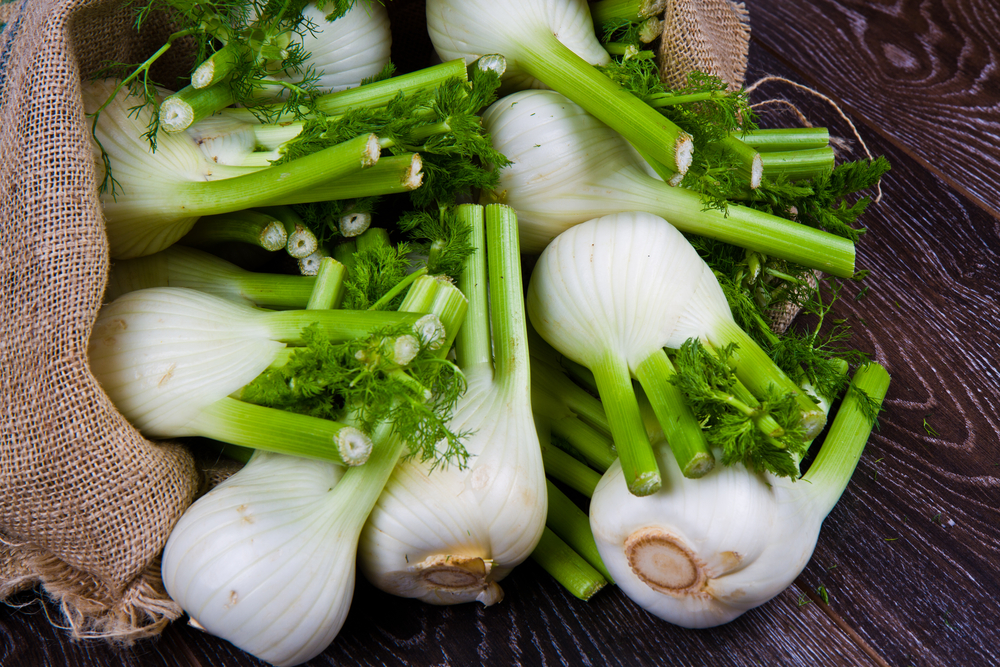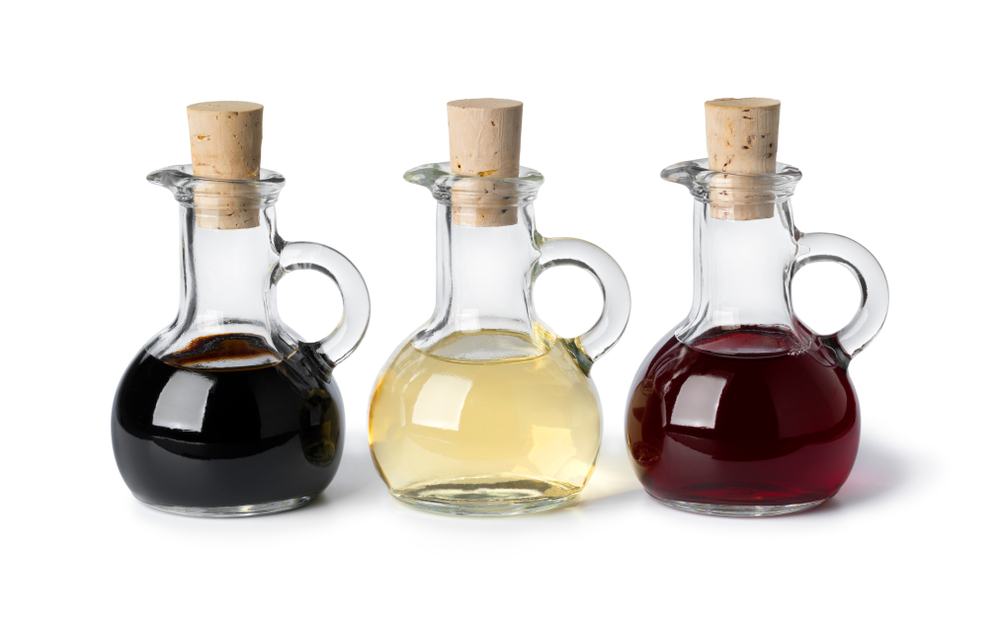I have always been curious about the taste of tarragon. This herb is a staple in French cuisine and is known for its licorice-like flavor.
But what does tarragon taste like exactly? Is it overpowering or subtle? Sweet or bitter? In this article, I will explore the taste profile of tarragon and its culinary uses.
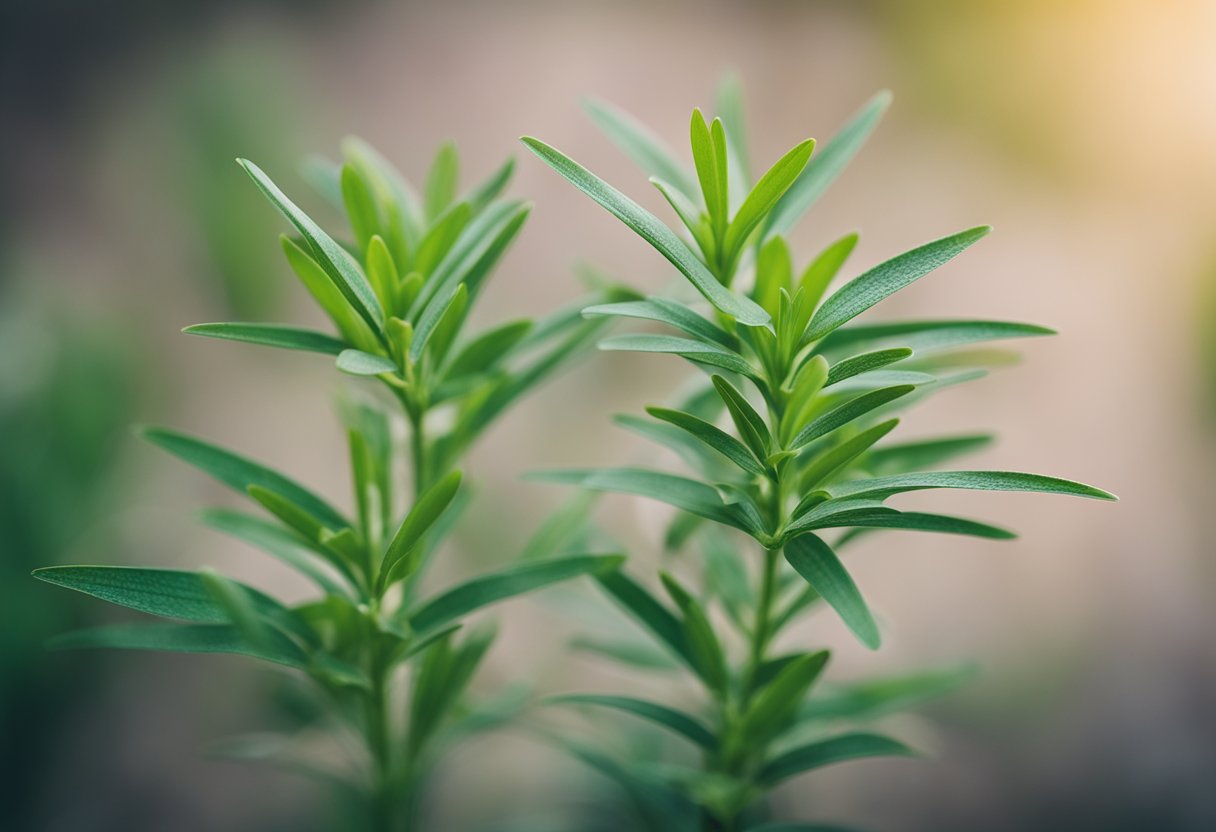
Tarragon is a leafy green herb that is commonly used in French cooking. It has a fresh, spring taste with a hint of sweetness and bitterness.
The flavor is often described as a mix of licorice, anise, and fennel. Tarragon has a unique taste that can be difficult to describe, but it is definitely worth trying if you haven’t tasted it yet.
Fresh tarragon has a stronger flavor than dried tarragon, but both are commonly used in cooking. Tarragon is often used to flavor sauces, dressings, and marinades.
It also pairs well with chicken, fish, and eggs. In the next section, I will delve deeper into the taste profile of tarragon and its culinary uses.
Key Takeaways
- Tarragon has a unique flavor that is a mix of licorice, anise, and fennel.
- Fresh tarragon has a stronger flavor than dried tarragon.
- Tarragon is commonly used in French cooking to flavor sauces, dressings, and marinades.
What is Tarragon?
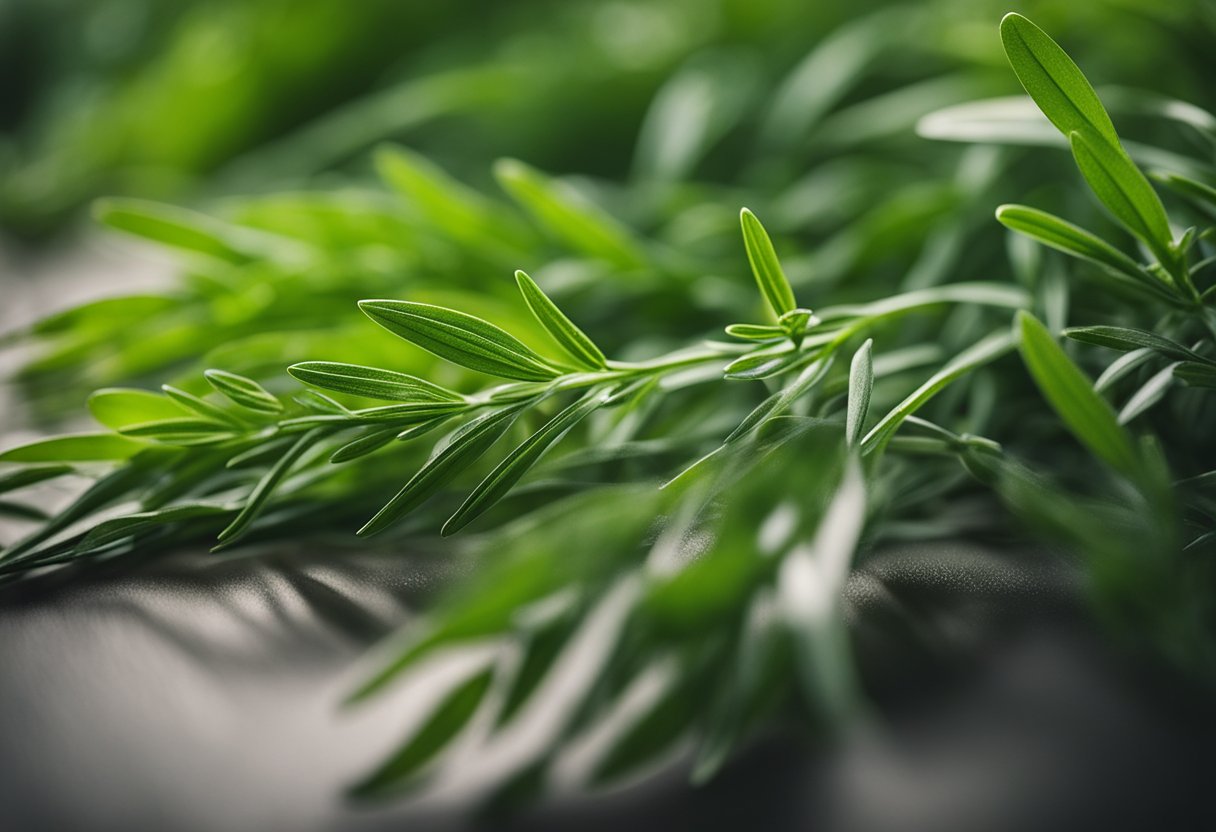
Tarragon is a perennial herb that belongs to the sunflower family. It is known for its distinct flavor and aroma that is often described as sweet, anise-like, and slightly bitter.
Tarragon is widely used in French cuisine, and it is a staple ingredient in the classic French herb blend, fines herbes.
There are several types of tarragon, but the most commonly used varieties are French tarragon, Russian tarragon, and Mexican tarragon. French tarragon is the most highly prized and is considered the best for culinary use due to its superior flavor and aroma.
Russian tarragon, on the other hand, has a much milder flavor and is often used as an ornamental plant rather than a culinary herb.
Mexican tarragon, also known as Mexican mint marigold, has a flavor that is similar to French tarragon, but with a slight hint of anise.
Tarragon plants can grow up to three feet tall and have long, narrow leaves that are dark green in color. The leaves are often used fresh or dried to add flavor to a variety of dishes, including soups, stews, sauces, and dressings.
Tarragon is also commonly used to flavor vinegar, and tarragon vinegar is a popular condiment in French cuisine.
In addition to its culinary uses, tarragon has been used for medicinal purposes for centuries. It is believed to have anti-inflammatory and anti-bacterial properties and has been used to treat a variety of ailments, including toothaches, digestive problems, and insomnia.
However, more research is needed to fully understand the potential health benefits of tarragon.
Taste Profile of Tarragon
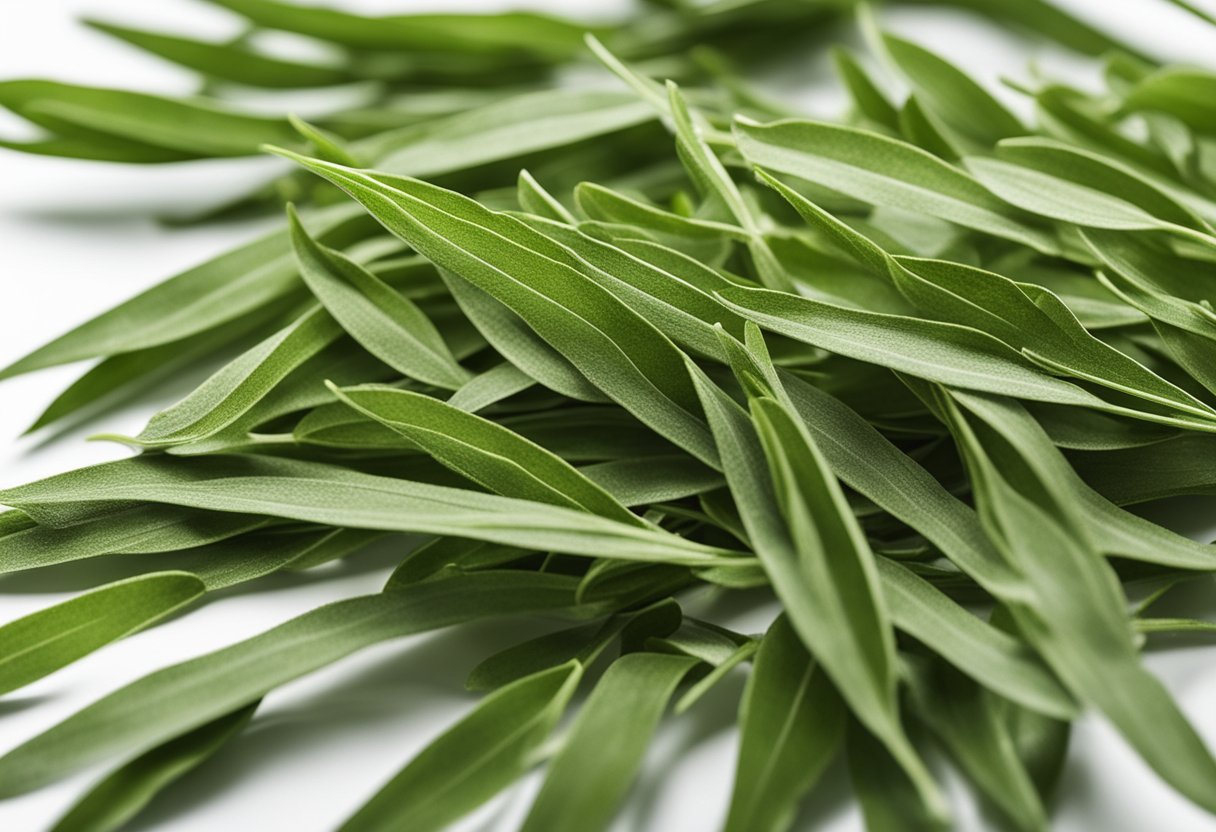
Tarragon is a highly aromatic herb that is commonly used in French cuisine. It has a unique flavor profile that is difficult to describe.
The taste of tarragon is often compared to anise or licorice, but it also has notes of mint, sweet lemon, and fennel.
The sweetness of tarragon is not overpowering, but it adds a subtle note to dishes. The herb also has a slight bitterness to it that can be described as earthy or herbal. This bitterness is what gives tarragon its complexity and depth.
Tarragon has a peppery, anise flavor that is complemented by a grassy flavor. The licorice taste of tarragon is more subtle than other herbs that have a similar flavor profile.
It is important to note that the flavor of tarragon can vary depending on the variety and the season.
Overall, tarragon has a unique taste that is difficult to replicate with other herbs. It is a versatile herb that can be used in a variety of dishes, including fish, chicken, and egg dishes.
Tarragon is also commonly used to create tarragon vinegar and is the main flavor component of Béarnaise sauce.
Fresh Vs Dried Tarragon
When it comes to tarragon, there are two main types available: fresh and dried. Both have their own unique characteristics, and choosing the right one can make a big difference in your cooking.
In this section, I will compare fresh and dried tarragon and help you decide which one is best for your needs.
Fresh Tarragon
Fresh tarragon has a bright, licorice-like flavor that is best appreciated when it’s used raw or added at the end of cooking.
It has a delicate texture and is often used to add a subtle, herbal note to dishes like salads, dressings, and sauces.
Fresh tarragon is also a popular ingredient in French cuisine, where it’s used in dishes like Béarnaise sauce and chicken tarragon.
One of the main advantages of fresh tarragon is its aroma. It has a sweet, minty scent that can instantly elevate any dish.
However, it has a short shelf life and should be used within a few days of purchase. To store fresh tarragon, wrap it in a damp paper towel and place it in a plastic bag in the refrigerator.
Dried Tarragon
Dried tarragon has a more concentrated flavor than fresh tarragon, which means you can use less of it to achieve the same level of flavor.
It’s also more versatile than fresh tarragon and can be used in a wider range of dishes. Dried tarragon is ideal for long-cooking dishes like stews, soups, and casseroles, as it can withstand high temperatures without losing much flavor.
One of the main advantages of dried tarragon is its shelf life. It can last for up to a year when stored in an airtight container in a cool, dry place. This makes it a great pantry staple that you can always have on hand.
However, dried tarragon doesn’t have the same aroma as fresh tarragon, and its texture can be a bit tough.
It’s also important to note that dried herbs are generally more potent than fresh herbs, so you’ll need to adjust the amount you use accordingly.
In conclusion, both fresh and dried tarragon have their own unique characteristics and are best suited for different types of dishes.
If you’re making a dish that requires a subtle, herbal note, fresh tarragon is the way to go. If you’re making a long-cooking dish or need a pantry staple that can last for a while, dried tarragon is the better choice.
Culinary Uses of Tarragon
As an herb, tarragon is widely used in cooking due to its unique flavor and aroma. It is a popular ingredient in French cuisine and is often used to flavor sauces, dressings, and soups. Here are some of the culinary uses of tarragon:
Dressings and Sauces
Tarragon is a key ingredient in many dressings and sauces. It is commonly used in vinaigrettes, béarnaise sauce, and mustard sauce. Tarragon vinegar is also a popular condiment that can be used to dress salads and other dishes.
Meat and Poultry
Tarragon is a great seasoning for meat and poultry dishes. It pairs well with veal, chicken, and ham. Tarragon butter can be used to baste meat while cooking, and tarragon cream sauce is a delicious accompaniment to grilled or roasted meats.
Seafood
Tarragon is a popular seasoning for seafood dishes. It pairs well with fish, shrimp, and lobster. Tarragon can be used to flavor seafood stews, soups, and sauces. It is also a great garnish for seafood dishes.
Vegetables
Tarragon can be used to flavor a variety of vegetables. It pairs well with celery, carrots, and potatoes. Tarragon can be added to vegetable soups, stews, and casseroles. It can also be used to flavor roasted or grilled vegetables.
Drinks and Cocktails
Tarragon can be used to flavor a variety of drinks and cocktails. It pairs well with lemonade, iced tea, and sparkling water. Tarragon can also be used to flavor cocktails such as the Tarragon Gin and Tonic.
Overall, tarragon is a versatile herb that can be used to flavor a wide range of dishes. Its unique flavor and aroma make it a popular choice in many cuisines around the world.
Substitutes for Tarragon
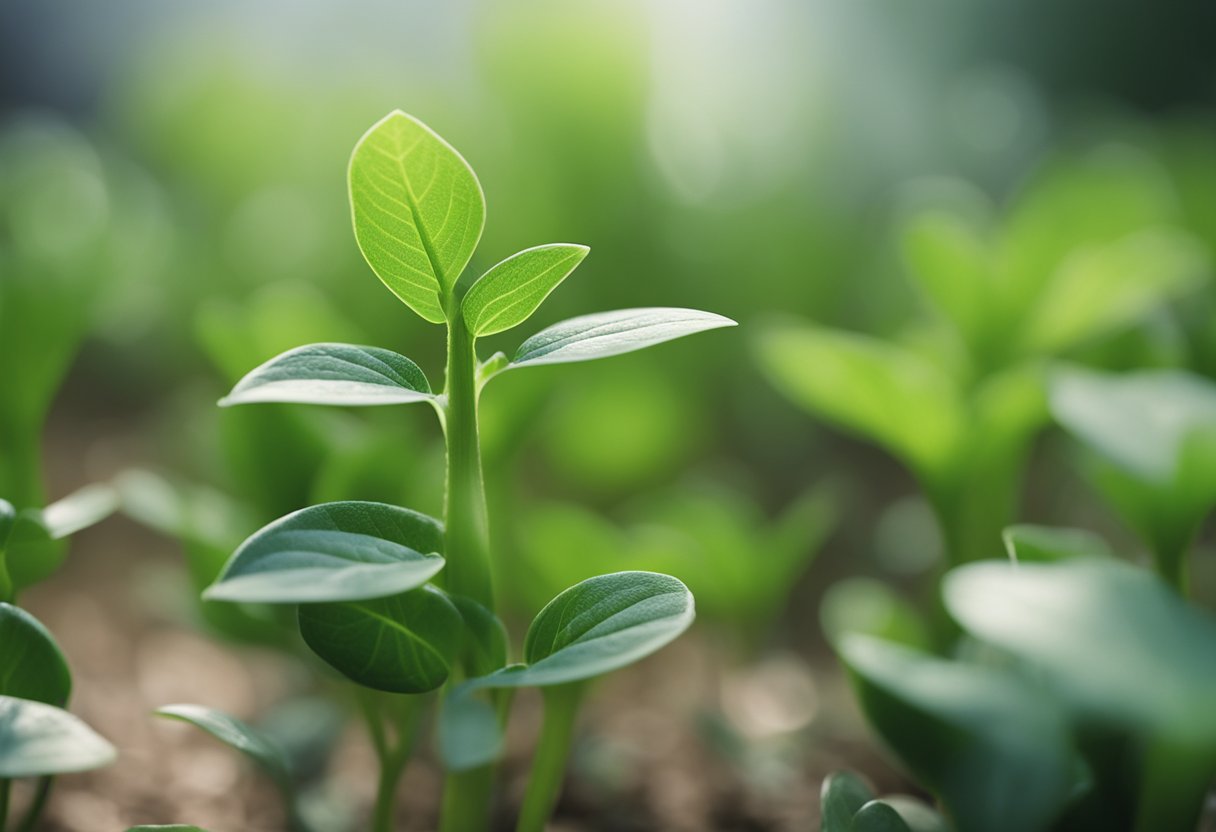
As much as we love tarragon, sometimes it’s just not available or too expensive. Luckily, there are several substitutes that can mimic its flavor profile. Here are some of the best substitutes for tarragon:
Basil
Basil is a great substitute for tarragon. It is a versatile herb that has a sweet and slightly peppery flavor, which is similar to tarragon. It also has a slight anise-like flavor which makes it a perfect substitute for tarragon.
Parsley
Parsley is another herb that can be used as a substitute for tarragon. It has a mild, fresh, and slightly bitter flavor that is similar to tarragon. However, parsley doesn’t have the anise-like flavor that tarragon has.
Dill
Dill is another herb that can be used as a substitute for tarragon. It has a similar flavor profile to tarragon, but it is slightly more pungent. Dill is also slightly sweet and has a hint of anise flavor.
Chervil
Chervil is a herb that is often used as a substitute for tarragon. It has a mild, sweet, and slightly anise-like flavor that is similar to tarragon. Chervil is often used in fines herbes, which is a mixture of herbs that includes tarragon.
Rosemary
Rosemary is a herb that can be used as a substitute for tarragon. It has a strong, woody flavor that is quite different from tarragon. However, if you use it in small amounts, it can add a similar depth of flavor to your dish.
Coriander
Coriander is a herb that can be used as a substitute for tarragon. It has a slightly sweet, citrusy flavor that is similar to tarragon. However, it does not have the anise-like flavor that tarragon has.
Fines Herbes
Fines herbes is a mixture of herbs that includes tarragon, parsley, chives, and chervil. It is often used in French cuisine and can be used as a substitute for tarragon.
However, it is important to note that fines herbes does not have the same anise-like flavor that tarragon has.
In conclusion, while tarragon has a unique flavor profile, there are several substitutes that can be used in its place.
Whether you choose basil, parsley, dill, chervil, rosemary, coriander, or fines herbes, your dish will still have a delicious and flavorful taste.
Storing Tarragon
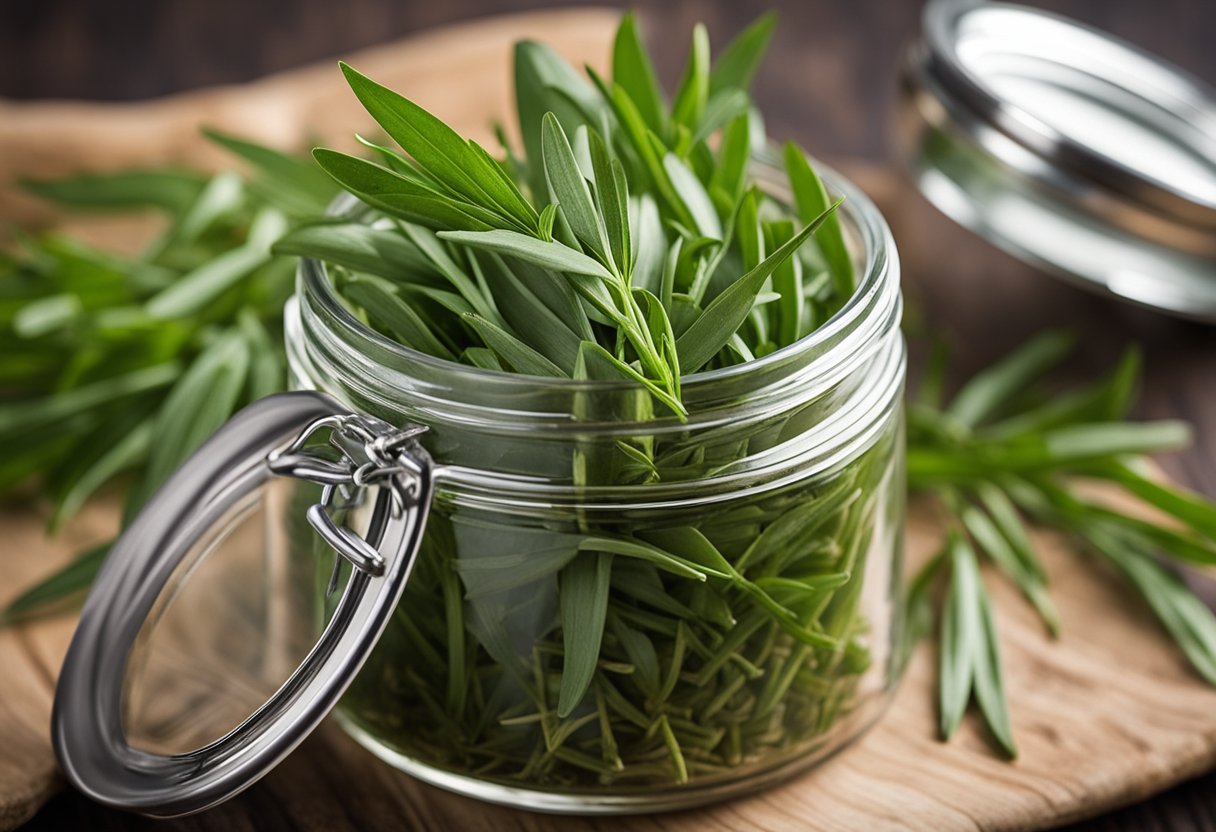
As a fresh herb, tarragon has a short shelf life and needs to be stored properly to maintain its flavor and aroma. Here are some tips on how to store tarragon:
In the refrigerator
Fresh tarragon can be stored in the refrigerator for up to a week. To store it, wrap the tarragon in a damp paper towel and place it in a plastic bag.
Alternatively, you can place the tarragon in a jar with water and cover it with a plastic bag. Keep the jar in the refrigerator and change the water every two days.
In the freezer
Tarragon can also be frozen for long-term storage. To freeze tarragon, wash and dry the leaves, and chop them finely.
Place the chopped tarragon in an ice cube tray and cover it with water or olive oil. Freeze the tray and transfer the tarragon cubes to a plastic bag once they are frozen. Frozen tarragon can be stored for up to six months.
Drying
Drying tarragon is another way to store it for a longer period. To dry tarragon, wash and dry the leaves, and tie them in small bunches.
Hang the bunches upside down in a warm, dry place for about two weeks, until the leaves are dry and brittle. Once the leaves are dry, remove them from the stems and store them in an airtight container.
Overall, proper storage is essential for preserving the flavor and aroma of tarragon. By following these tips, you can enjoy fresh tarragon for longer periods and enhance the taste of your dishes.
Health Benefits of Tarragon
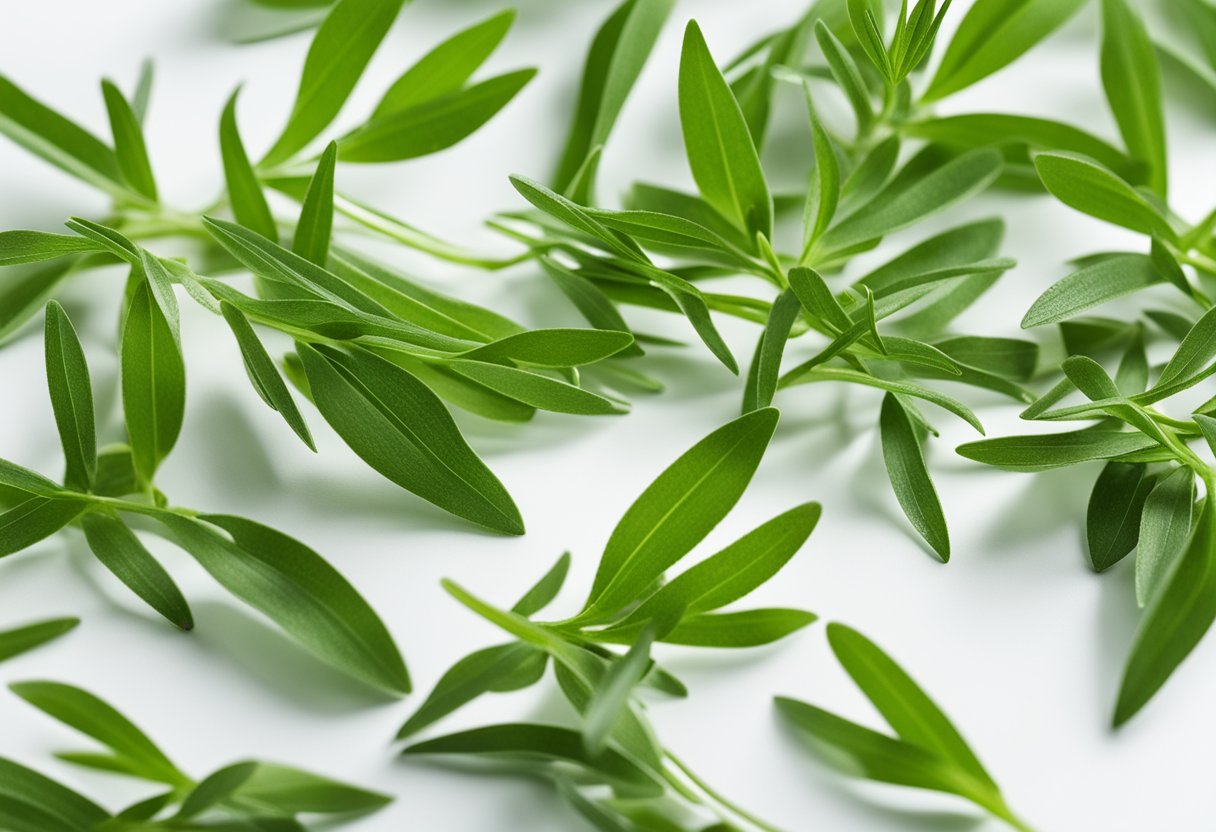
As a perennial herb that comes from the sunflower family, tarragon is a versatile herb that is widely used for flavoring. Not only does it add a unique taste to dishes, but it also has several health benefits.
Rich in Nutrients
Tarragon is a nutrient-dense herb that is packed with vitamins and minerals. It contains vitamins A, C, and B6, as well as folate.
Additionally, it is a good source of minerals like calcium, potassium, and iron. These nutrients are essential for maintaining healthy bones, muscles, and blood cells.
Anti-Inflammatory Properties
Tarragon has anti-inflammatory properties that can help reduce inflammation in the body. This is due to the presence of compounds like eugenol and rosmarinic acid.
Inflammation is linked to several chronic diseases, including heart disease, cancer, and arthritis. By reducing inflammation, tarragon may help prevent these diseases.
Improved Digestion
Tarragon has been traditionally used as a digestive aid due to its ability to stimulate the production of digestive juices.
It can also help reduce bloating, gas, and other digestive issues. This is because it contains compounds like methyl chavicol and estragole, which have been shown to have a calming effect on the digestive system.
Better Sleep
Tarragon has a calming effect on the nervous system, which can help improve sleep quality. It contains compounds like linalool and eugenol, which have been shown to have a sedative effect.
Additionally, tarragon has been traditionally used as a natural remedy for insomnia.
Other Potential Benefits
Some studies suggest that tarragon may have other potential health benefits, such as:
- Improved insulin sensitivity
- Pain relief
- Anti-cancer properties
While more research is needed to confirm these benefits, tarragon is a healthy herb that can add flavor and nutrition to your meals.
Buying Tarragon
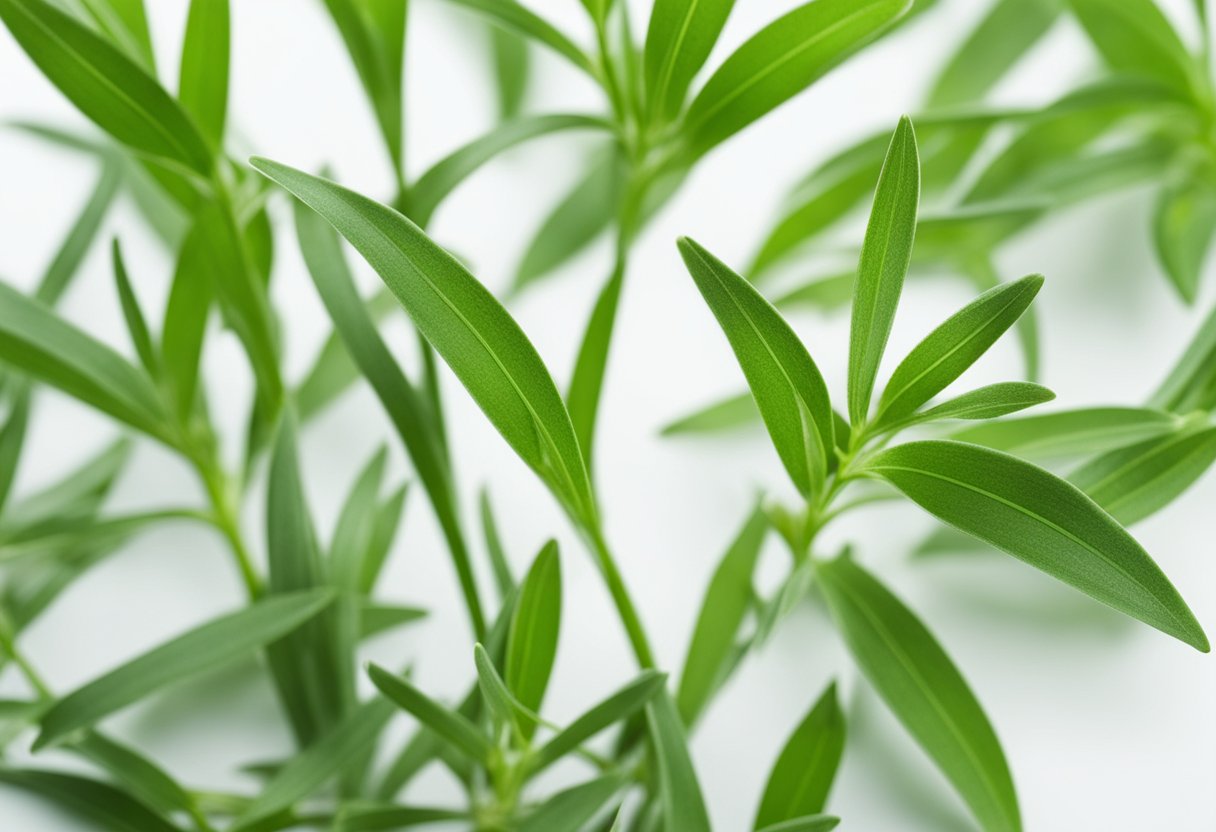
When it comes to buying tarragon, there are a few things to keep in mind to ensure you get the best quality herb. Here are some tips to help you when buying tarragon:
Fresh vs. Dried
Tarragon is available both fresh and dried. Fresh tarragon is usually sold in small bunches and has a bright green color. The leaves should be firm and free from any yellowing or wilting.
Dried tarragon, on the other hand, is sold in jars or packets and has a more concentrated flavor. When buying dried tarragon, make sure it is still fragrant and hasn’t lost its potency.
Where to Buy
Tarragon can be found in most grocery stores and supermarkets. It is usually sold in the produce section alongside other fresh herbs.
Alternatively, you can buy dried tarragon in the spice aisle. If you’re looking for a wider variety of tarragon, you may want to try a specialty food store or a farmers’ market.
Organic vs. Conventional
When it comes to buying tarragon, you may be wondering whether to choose organic or conventional. Organic tarragon is grown without the use of synthetic pesticides and fertilizers, which may be a concern for some people.
However, conventional tarragon is still considered safe to eat, and may be more affordable than organic.
Storage
Whether you buy fresh or dried tarragon, it’s important to store it properly to keep it fresh and flavorful. Fresh tarragon can be stored in the refrigerator in a plastic bag or wrapped in a damp paper towel for up to a week.
Dried tarragon should be stored in an airtight container in a cool, dark place for up to six months.
Overall, when buying tarragon, look for fresh, fragrant leaves that are free from any signs of wilting or yellowing.
Choose organic or conventional based on your personal preferences, and store your tarragon properly to keep it fresh and flavorful.
Tarragon in Different Regions
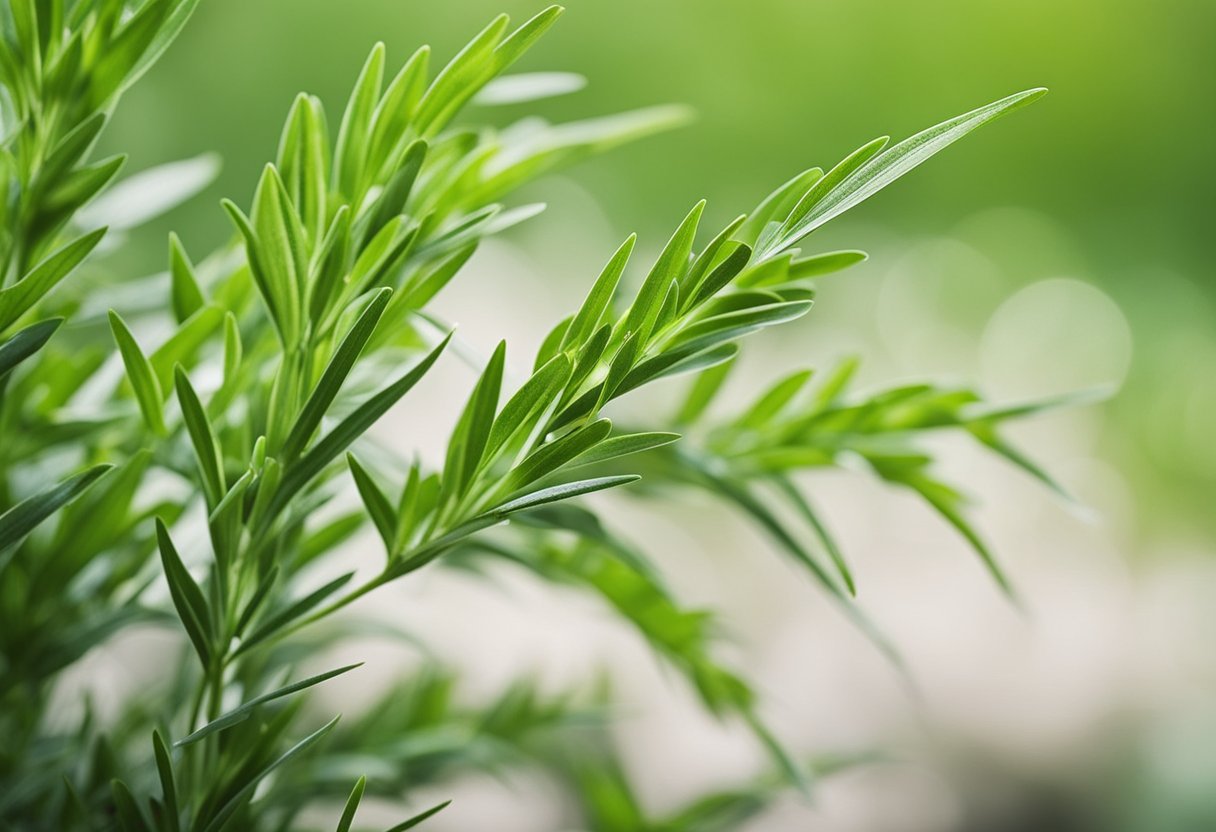
As an herb with a long history of use, tarragon has been cultivated in different regions around the world. While the herb has a similar taste profile, there are slight variations in flavor and usage depending on where it is grown.
In Europe, particularly in France, tarragon is widely used in cooking. French tarragon is known for its sweet, subtle flavor and is a key ingredient in classic French sauces such as béarnaise and hollandaise.
It is also commonly used in herb blends like fines herbes and herbes de Provence. In Eastern Europe, tarragon is used in pickling and is a popular ingredient in Georgian cuisine, where it is used in stews and soups.
In Asia, tarragon is less commonly used in cooking, but it can still be found in some regional cuisines. In China, it is used in traditional medicine to treat digestive issues and has a slightly different flavor profile than European tarragon.
Russian tarragon, which is more bitter and less flavorful than French tarragon, is also used in some Asian dishes.
Overall, tarragon’s unique flavor profile makes it a versatile herb that can be used in a variety of cuisines. Whether you are making a classic French sauce or experimenting with Georgian stews, tarragon is a great ingredient to have on hand.
Frequently Asked Questions
What are some tarragon substitutes?
If you don’t have tarragon on hand, you can substitute it with herbs that have a similar flavor profile. Some good substitutes for tarragon include fennel, anise, basil, marjoram, and dill.
However, keep in mind that these substitutes may not provide the exact same flavor as tarragon.
What are some uses for dried tarragon?
Dried tarragon is a great addition to spice blends and rubs for meats, poultry, and fish. It can also be used to flavor soups, stews, and sauces. Dried tarragon has a more concentrated flavor than fresh tarragon, so make sure to use it sparingly.
What herbs pair well with tarragon in chicken dishes?
Tarragon pairs well with other herbs like thyme, rosemary, and sage in chicken dishes. These herbs complement the flavor of tarragon and add depth to the dish.
What is the flavor profile of tarragon?
Tarragon has a unique flavor profile that is slightly bitter and sweet with a hint of licorice. It also has a slight peppery taste and a subtle hint of turpentine. Tarragon’s flavor is not overpowering, but it adds a distinct flavor to dishes.
What are some foods that pair well with tarragon?
Tarragon pairs well with a variety of foods, including chicken, fish, eggs, vegetables, and potatoes. It is also a great addition to salad dressings and marinades.
What does dried tarragon look like?
Dried tarragon is a pale green color and has a slightly curled appearance. It is usually sold in small jars or packets and can be found in the spice aisle of most grocery stores.
When using dried tarragon, make sure to check the expiration date to ensure freshness.




